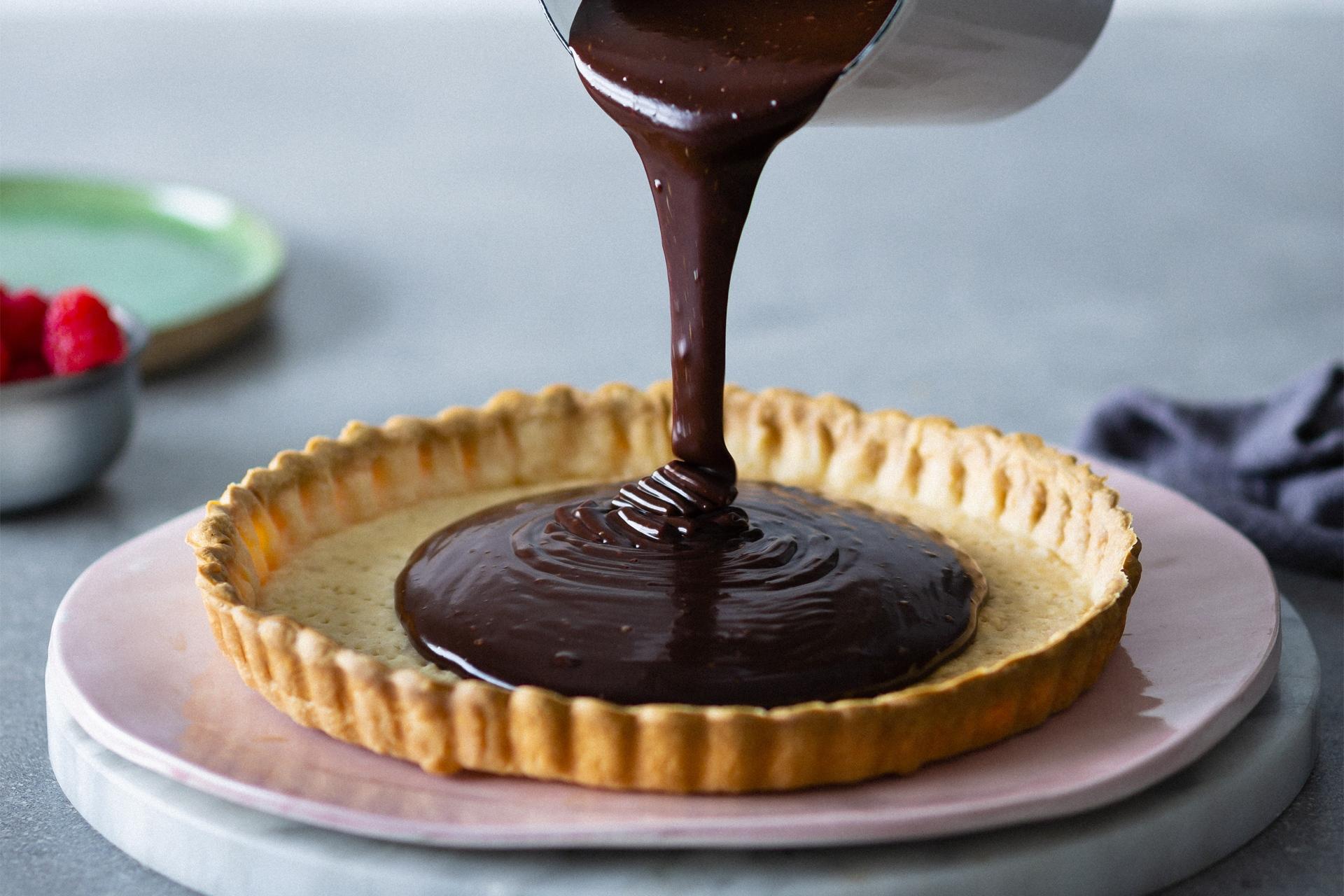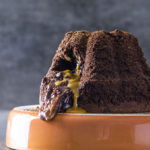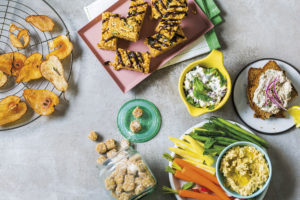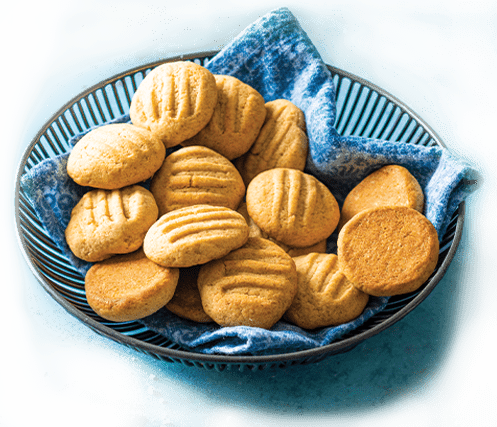Blind-baking is your best friend – no leaky or soggy tart or quiche cases here! It gives pastry
a head start on baking, making it firm on the outside. This means it won’t absorb liquid and
become soggy once you’ve added the filling. Blind-baking is also essential to ensure your
pastry holds its shape and cooks all the way through. Here’s what you need to do:
Step 1:
Transfer rolled pastry to your baking tin or dish. A nifty way to do this without
breaking the pastry is to roll it onto a rolling pin, then unroll it over and into the tin or dish.
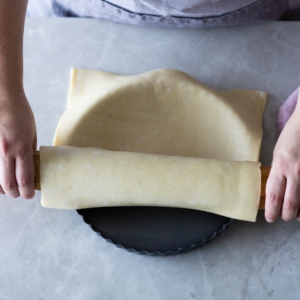
Step 2:
Press pastry into tin or dish. To cut off excess pastry, roll your rolling pin over the top
of the tin or dish – alternatively, use a knife to cut around the edges of the tin or dish.
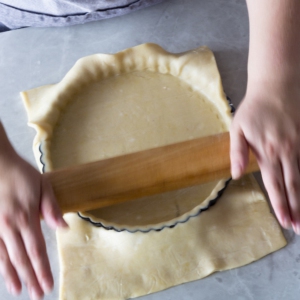
Step 3:
Place your fingertip in the ruffle of a fluted tin and create an indent. This will cause
pastry to extend a bit higher and help it keep its shape and minimise shrinking.
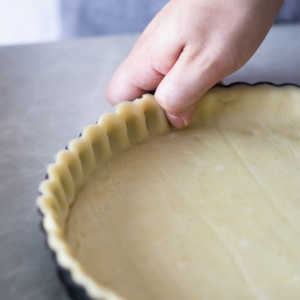
Step 4:
Prick base with a fork, this will release steam and ensure the pastry doesn’t puff up.
Cover with baking paper and fill with rice, beans or baking beads. Bake for 15 minutes or
until outsides are cooked, but not golden-brown.

Step 5:
Once pastry is firm, remove rice/beans and baking paper before baking all the
way through. (Rather be safe than sorry – if it’s not firm, the sides will collapse inwards.) If
your tart filling needs to be baked, add it now. Add filled tart or empty shell, if you’re adding
a no-bake filling and pop it back into the oven.
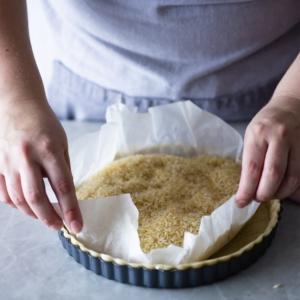
Cook’s note: A sheet of pastry can also be blind-baked. This, of course, will happen in a lined
sheet tray instead of a tart tin.

